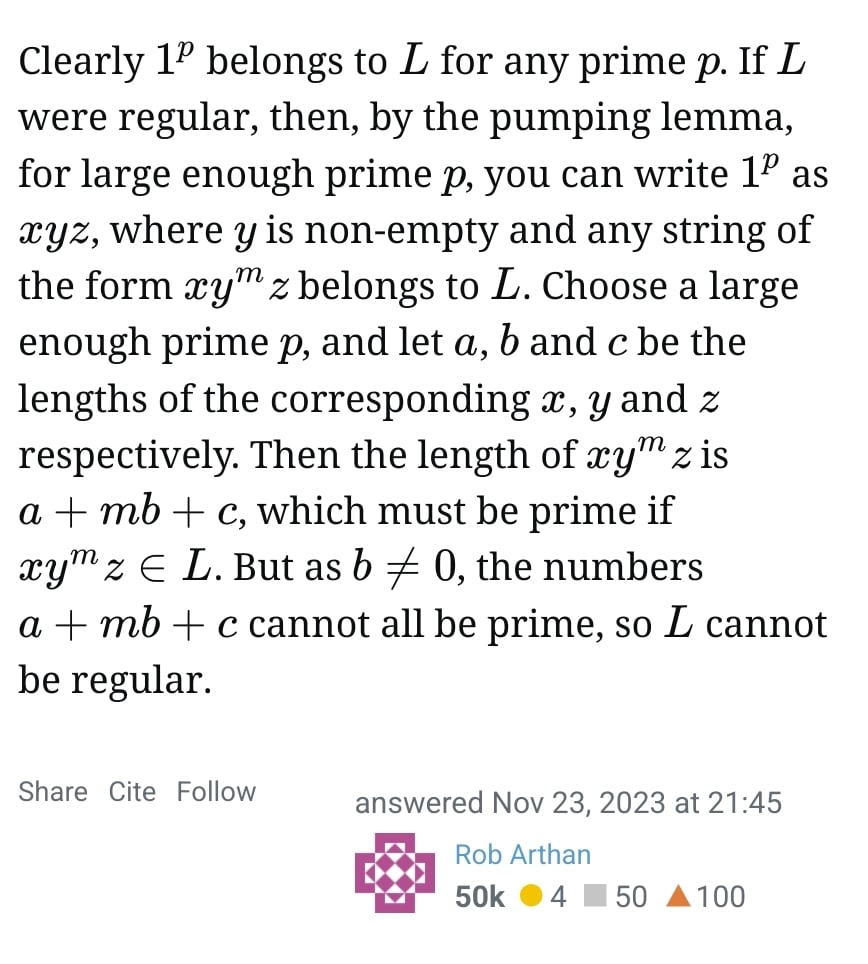

The first bill filed in the House of Representatives and Senate after the 2020 election which resulted in the Democratic Party gaining nominal control of Congress and the White House was a bill to ban partisan gerrymandering, require independent redistricting committees, forbid states from imposing onerous voter registration or identification regulations, limit the influence of rich donors and wealthy PACs in federal elections, and generally just make the process of voting better for Americans.
This bill was called the Freedom to Vote Bill and was numbered H.R. 1 and S. 1 for the House and Senate versions, respectively. It passed the House of Representatives in 3 March 2021 and received unanimous support among the 50 Democratic senators when the Senate held its vote on 22 June 2021. The bill was blocked from advancing due to a Republican filibuster.
On 3 January 2022, Senate Majority Leader Chuck Schumer of New York announced plans to abolish the filibuster for legislation in order to allow this bill to advance. President Joe Biden had previously indicated he would sign the bill. Schumer made his move on 19 January 2022, moving to change the filibuster rule to require continuous talking, i.e. in order to filibuster a bill, someone must make a speech and keep talking for the duration of the filibuster, with the filibuster ending when they finish talking. Kyrsten Sinema and Joe Manchin, members of the Democratic Party representing Arizona and West Virginia, respectively, got squeamish and voted against the change. All Republican senators voted against the change. This doomed the bill’s passage through Congress as the filibuster could be maintained indefinitely by the Republicans.
The bill died when Congress was dissolved pending the November 2022 general election, in which Republicans won a narrow majority in the House of Representatives.
Manchin and Sinema’s terms with both expire when the new Congress is convened on 3 January 2025 following the November 2024 general election. Manchin did not seek re-election in yesterday’s election and will retire at the expiration of his term. Sinema was forced out of the Democratic Party and originally planned to stand as an independent before deciding against it. She will retire at the end of her term.
Due to the innate malapportionment of the Senate, it is exceedingly unlikely that the Democratic Party will ever regain majority control of the Senate.
So I point my finger at these two idiots for sinking American democracy as we know it.














I think I phrased my comment wrong on this. It doesn’t ban the act of gerrymandering, it bans the results of gerrymandering. Gerrymandered maps would need to be redrawn had the bill been enacted.
This bill was no slouch. It directly abridged several states’ voter suppression laws. Had the bill passed, the next phase would have been people being able to use the federal courts to strike back against these incompatible laws.
That being said, if you were the leader of the Democratic Party, what would you have done? Not intended as rhetorical snark, I’m just curious as to what other ideas there are.